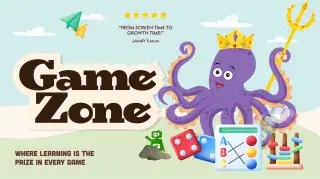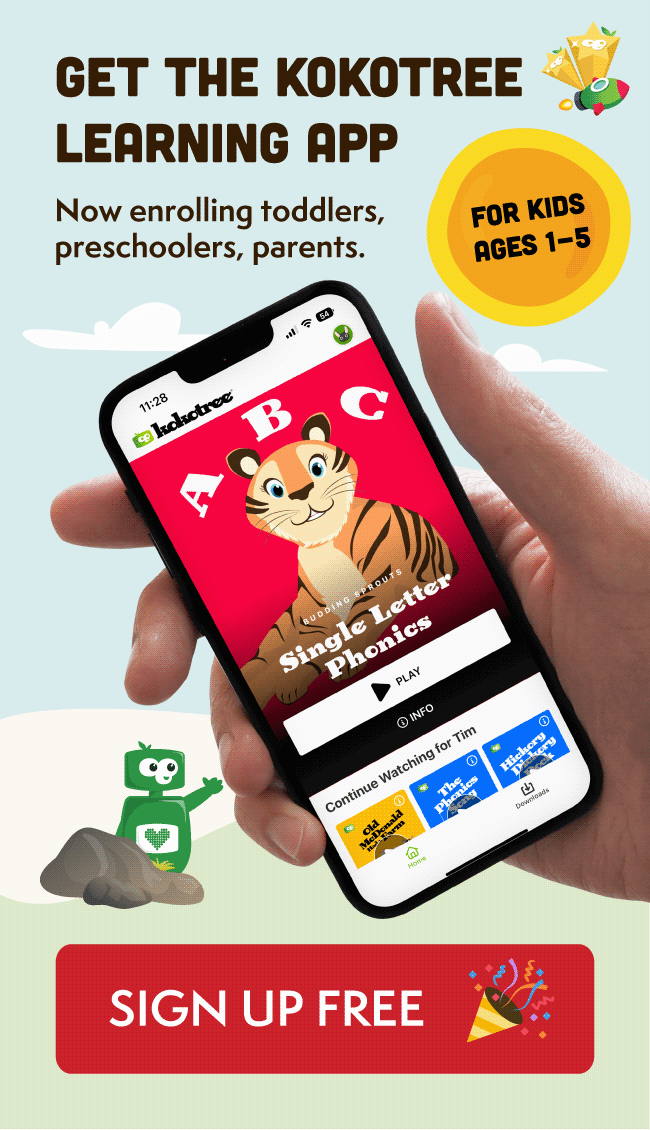

Ever wondered about those silent ‘e’s at the end of words like ‘cake’ and ‘nine’? They play a significant role in helping young learners become proficient readers. Welcome to our blog post on ‘What is a Split Digraph in Phonics?’! If you’re a parent searching for advice and solutions to support your child’s reading journey, you’ve come to the right place. Our conversational and friendly guide will introduce you to the magic of split digraphs, also known as ‘magic e’ or ‘silent e.’ By understanding this concept, your little one will be well-equipped to tackle different vowel sounds and enhance their reading skills.
A split digraph, or ‘magic e’ in phonics, occurs when a vowel and a consonant are separated by another consonant but still represent a single sound. Examples include ‘a_e’ in ‘cake’ and ‘i_e’ in ‘nine.’ Recognizing split digraphs is crucial for learning vowel sounds and enhancing reading skills in early childhood education.
Split digraphs may seem like a linguistic mystery, but they hold a simple yet powerful key to understanding how specific words are pronounced. Phonics, the method for teaching reading and writing by correlating sounds with symbols, forms the foundation of this learning process. Incorporating split digraphs in phonics instruction will undoubtedly boost your child’s confidence in reading and writing.
The first type of split digraph features an ‘a’ followed by a consonant and ends with a ‘magic e.’ Whenever you encounter words like ‘cake,’ ‘gate,’ or ‘wake,’ the ‘magic e’ changes the short vowel sound of ‘a’ to a long one.
This split digraph occurs when an ‘e’ is followed by a consonant and then a ‘magic e’ at the end. Words like ‘here’ and ‘theme’ are classic examples, emphasizing the long ‘e’ sound instead of the short one.
Similar to the previous examples, the ‘i_e’ split digraph exhibits a long ‘i’ sound, separating the ‘i’ and ‘e’ with a consonant. Words such as ‘nine’ and ‘dive’ showcase this digraph, helping your child navigate the language with ease.
Yet another split digraph worth exploring is ‘o_e,’ where the ‘magic e’ transforms the short ‘o’ sound into a long one. Some words featuring this split digraph are ‘rope’ and ‘note.’
There’s no denying the cuteness of the ‘u_e’ split digraph! Once again, the ‘magic e’ weaves its charm, changing the short ‘u’ sound into a long one in words like ‘mute’ and ‘cute.’
As your child progresses in their reading journey, the importance of understanding split digraphs only grows. Including phonics-based activities in their daily routine will ensure they grasp this concept effectively.
One effective way to practice is through interactive learning apps for kids that focus on phonics. Such educational tools not only make learning enjoyable but also reinforce the significance of split digraphs and help children build strong reading skills.
Keeping the learning process engaging and fun is crucial for reinforcing knowledge and helping children remember what they’ve learned. Here are a few games and exercises to make teaching split digraphs both educational and entertaining!
Create a list of split digraph words and ask your child to find them in picture books or storybooks. This activity encourages your child to actively lookout for split digraphs while also nurturing their love for reading.
Draw a simple hopscotch grid and place a split digraph word in each square. As your child hops through the grid, they should read each word while emphasizing the ‘magic e’ effect on the vowel sound. This kinesthetic activity makes learning fun and physically active.
Create pairs of cards featuring split digraph words and illustrations. Mix them up and lay them face down. As your child uncovers the cards, they should read the word aloud and find its matching image. This visual association reinforces the concept and develops memory skills.
Playing the classic ‘I Spy’ game with a twist can create a challenging and enjoyable learning experience. Provide clues based on the pronunciation of split digraph words rather than the objects themselves, encouraging your child to focus on the vowel sounds.
As a parent, supporting your child in their reading journey is vital. Here are a few helpful tips to ensure success while teaching split digraphs:
Regular practice will help reinforce split digraph concepts. Make it a goal to incorporate digraph exercises in your child’s daily routine, whether through independent practice or educational learning apps for kids.
Children learn best when they’re engaged, so feel free to mix up the media you use. Incorporate books, online games, printable preschool worksheets, and phonics songs to cater to different learning styles and preferences.
As with any learning process, offering positive reinforcement is essential for boosting a child’s confidence. Be sure to praise their efforts and progress, and provide constructive feedback when necessary.
Equipped with these tools, strategies, and activities, your child will be well on their way to mastering split digraphs and ultimately becoming a confident reader.
Still curious about split digraphs and how they relate to your child’s learning process? Here are some frequently asked questions and clear answers to help deepen your understanding and assist you in becoming a more successful reading coach for your little one.
Learning split digraphs helps children understand the pronunciation differences between short and long vowel sounds. It also improves their reading fluency and word recognition skills, which are essential for successful reading and comprehension.
Children can begin learning split digraphs once they are familiar with basic letter sounds and simple blending techniques, typically around ages 5-6. However, the exact age may vary depending on the child’s learning progress and ability.
A digraph is a combination of two letters that form a single sound, like ‘sh’ in ‘ship’ or ‘ch’ in ‘chair.’ A split digraph, on the other hand, involves a vowel and a consonant separated by another consonant while still representing a single sound, such as ‘a_e’ in ‘cake.’
There are five main types of split digraphs, based on the vowels: a_e, e_e, i_e, o_e, and u_e. Each represents a different vowel sound when combined with the ‘magic e’ and a consonant.
Yes, a split digraph’s distinguishing feature is that it includes a ‘magic e’ or ‘silent e’ after the consonant, which affects the pronunciation of the preceding vowel.
Yes, there are words that end with ‘e’ which are not split digraphs. Examples include ‘more,’ ‘give,’ and ‘have.’ It’s important to help children recognize the difference between these words and those that feature a split digraph.
Songs help make learning memorable, enjoyable, and engaging for children. Fun tunes and rhymes that focus on the sound changes caused by the ‘magic e’ can aid children in understanding and remembering the concept of split digraphs.
Yes, learning split digraphs positively impacts spelling skills. When children understand the relationship between the ‘magic e’ and the long vowel sounds, they are better able to spell words accurately.
Not all learning apps for kids focus specifically on split digraphs. However, many phonics-based apps will incorporate split digraphs as part of their teaching strategy to improve children’s reading skills.
The time it takes for children to understand split digraphs depends on factors such as their learning progress, interest, and exposure to phonics-based teaching. Consistency, practice, and engaging teaching techniques will enhance their chances of grasping split digraphs more effectively.
Parents can support their child’s learning by providing a variety of engaging resources, such as books, online games, printable worksheets, and phonics songs. Regular practice, patience, and encouragement from parents will also play a significant role in the child’s success.
Start by explaining the concept of ‘magic e’ and how it changes the vowel sounds in words. Use visual aids, engaging activities, and games to keep children interested and help them understand the idea of split digraphs more effectively.
Signs that your child might be struggling with split digraphs include difficulty in recognizing or pronouncing long vowel sounds, reading words incorrectly, or showing frustration when encountering words with the ‘magic e.’ In such cases, additional practice and support may be beneficial.




